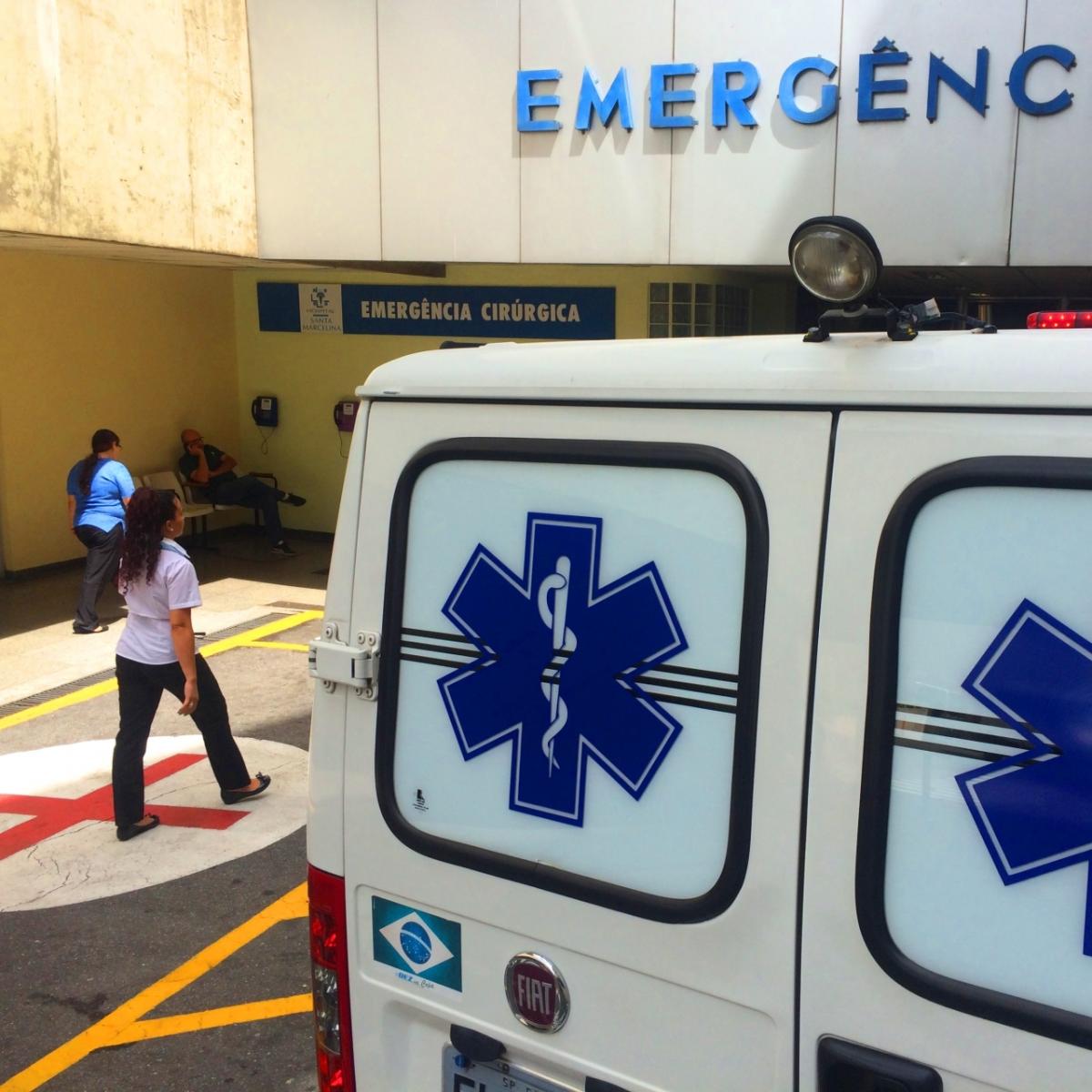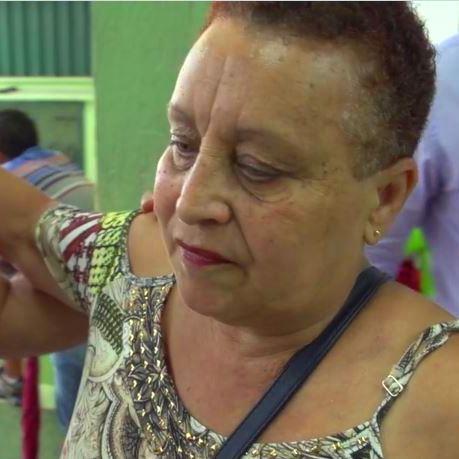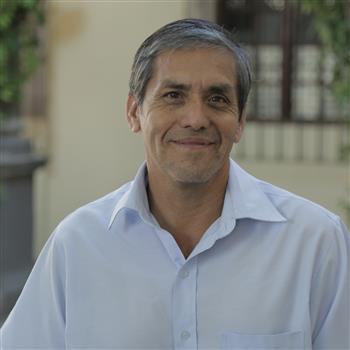Latin Telemedicine Expands Impacting More Patients
More clinics and hospitals are using telemedicine to connect patients to care when every second counts.
Latin Telemedicine Expands Impacting More Patients
Telemedicine in Latin America is expanding — proving just how important partnerships and technological advancements can be to health care management in remote areas.
In 2014, Medtronic, along with the Lumen Foundation and Internal Telemedicine Systems, formed the Latin American Telemedicine Infarct Network (LATIN) to address one of the region’s most pressing challenges — cardiovascular disease, specifically STEMI.
When a patient suffers a STEMI — a serious form of a heart attack — every second counts. The LATIN program assures that those patients have access to quality care when it’s most urgently needed.
“Despite the many barriers in the health care systems across Latin America,” says Nilylan Herrera, program manager for LATIN. “We are committed to saving lives – and that’s what LATIN is doing.”
Today, LATIN is offered in more clinics — serving more patients – than ever before. The model continues to grow in Colombia and Brazil with more than 120 participating clinics and 19 hospitals. In remote parts of Mexico, 35 primary care centers and three hospitals have adopted the model for the first time.
“I love life, so for me, it’s the best thing that has happened,” says Vera Lucia.
“It was a squeezing and pinching feeling on my back and chest,” recalls Vera Lucia, a 66-year old from Sao Paulo Brazil. “I thought it was back pain, but it wasn’t.”
Vera was experiencing a heart attack and sought help at a small clinic on the east side of Sao Paulo. This is where the LATIN process took over.
Often, patients with chest pain wait several hours to be seen at a local clinic, but Dr. Christian Marcos Goncalves instructed her to bypass the waiting room altogether and be seen right away.
“Time is muscle,” he says. “The quicker you diagnosis and treat, the less damage to the patient’s heart.”
After undergoing tests, Vera’s EKG results and other medical data was transmitted in real-time to a remote cardiologist that diagnosed and recommended what to do next. All of this, in less than 10 minutes.
Vera was transported to a nearby hospital where staff had been alerted of her condition and were prepared for surgery.
The entire process took 90 minutes.




